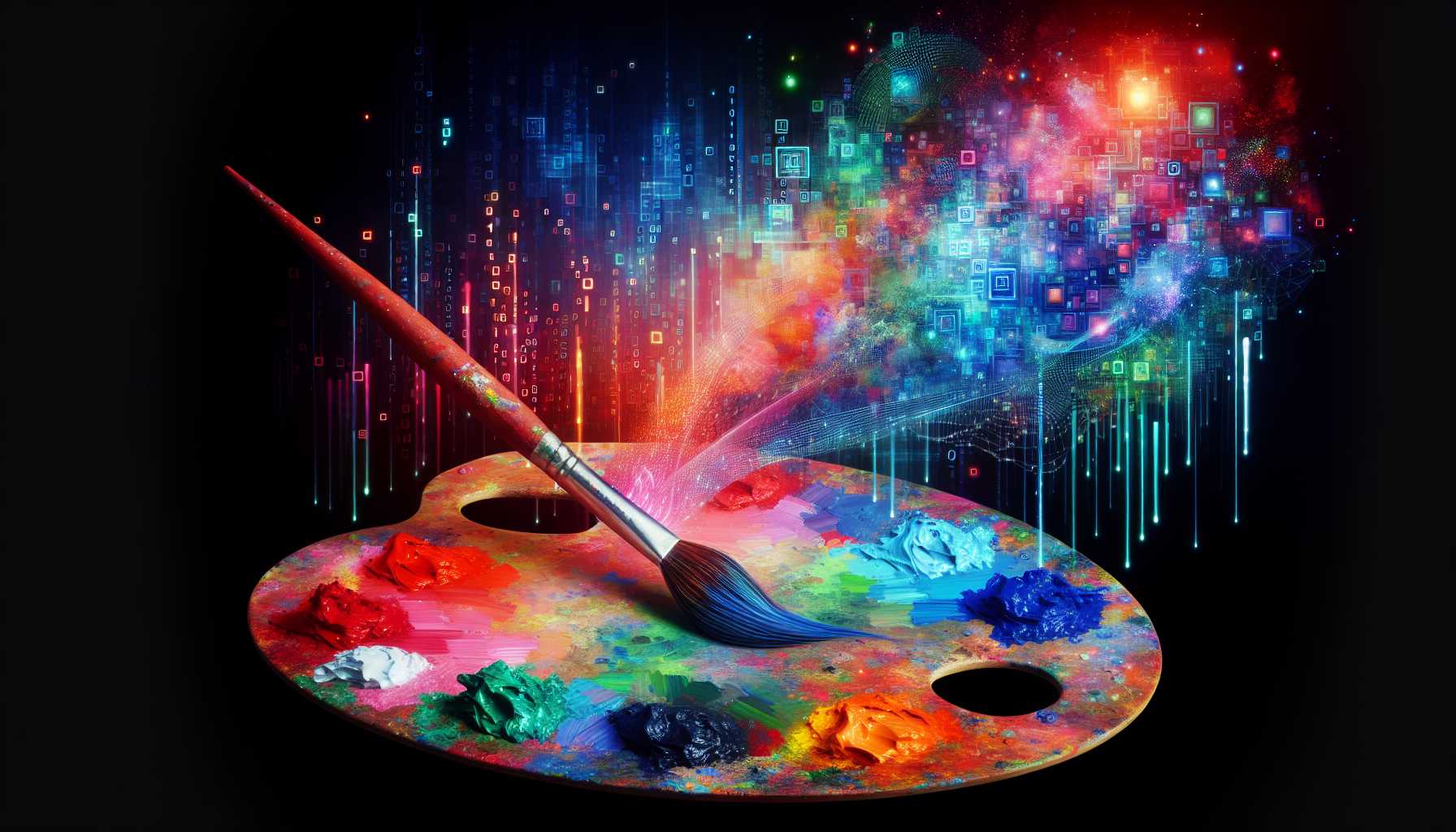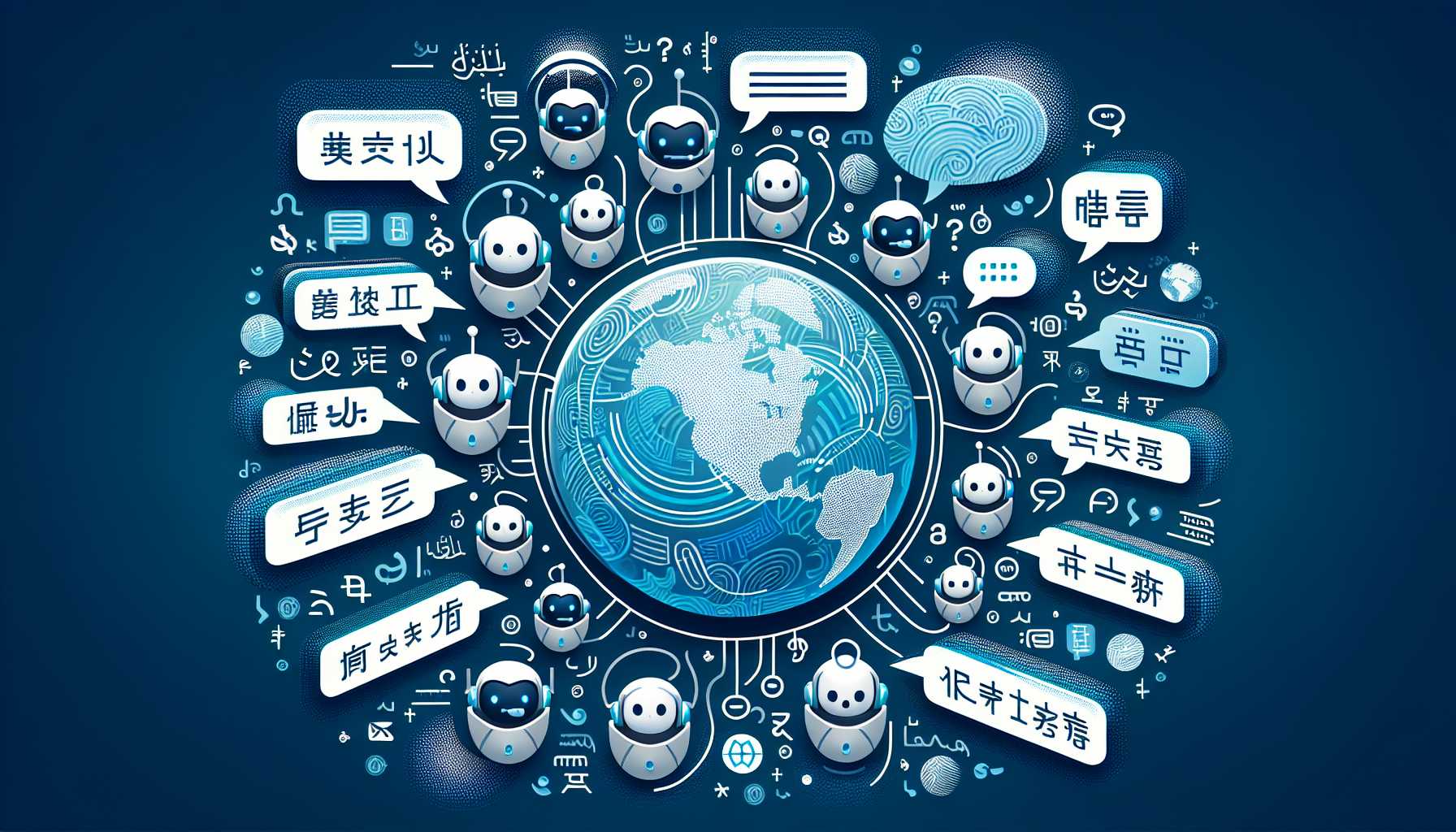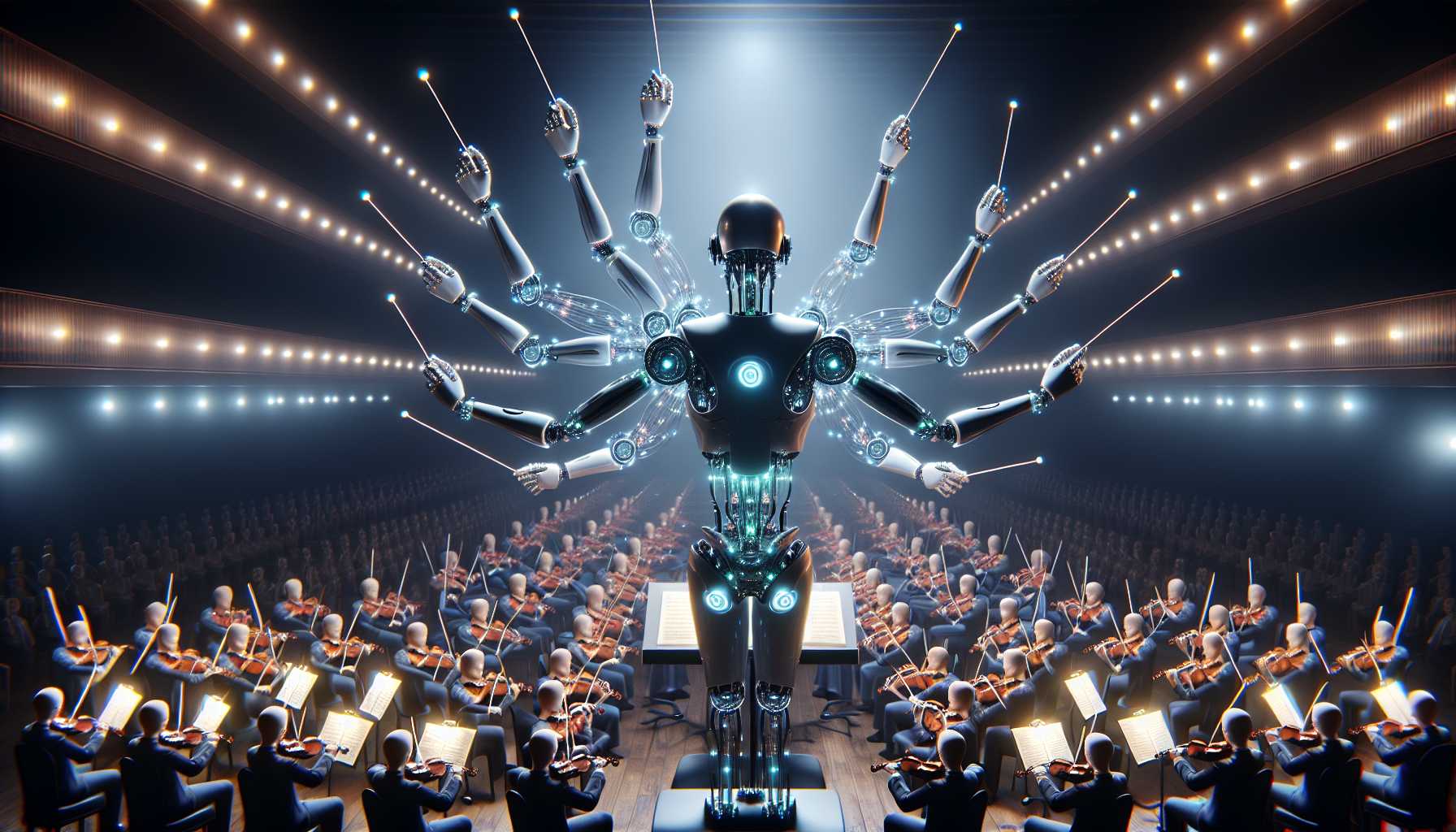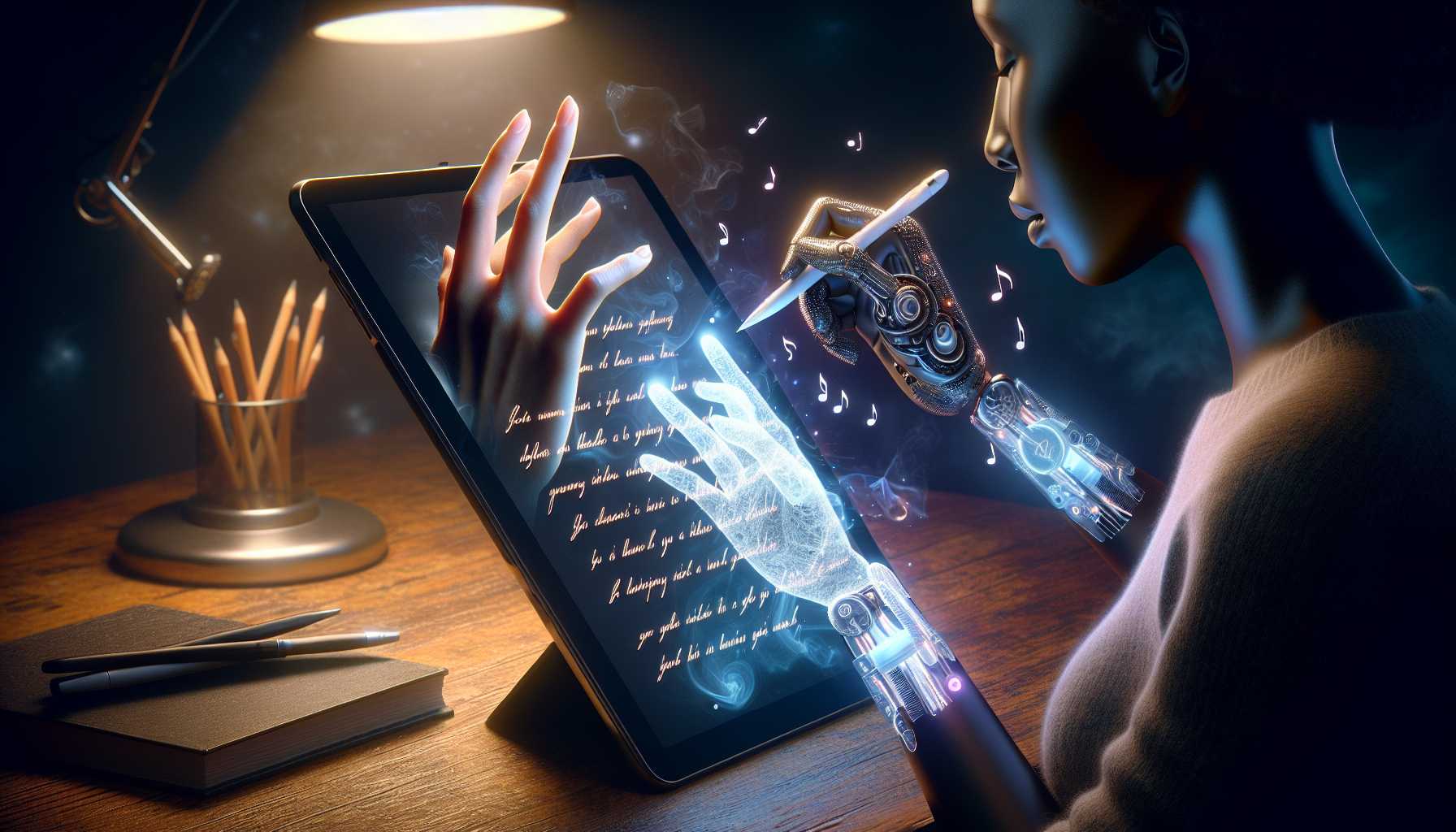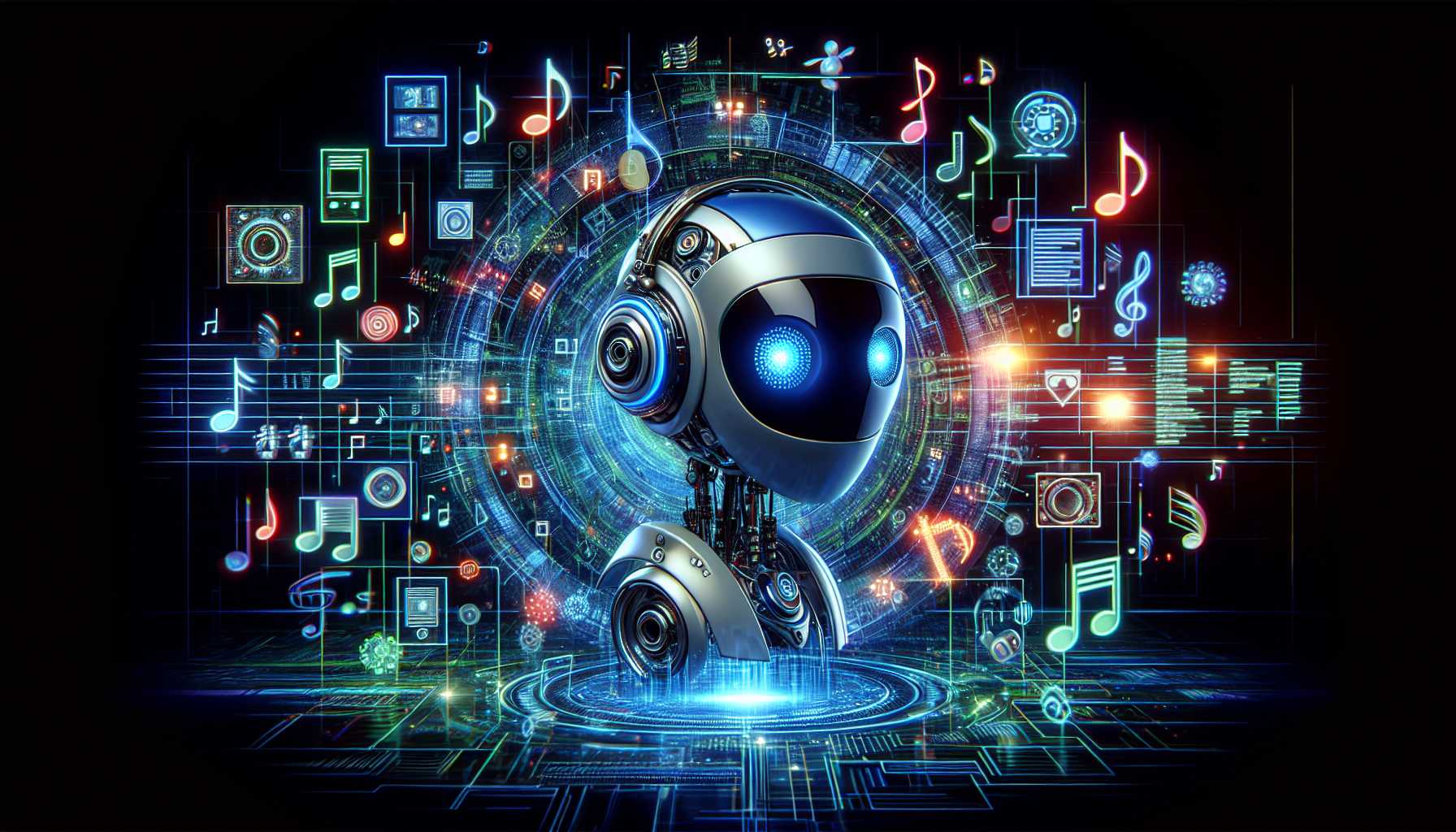The Digital Renaissance: AI Image Generation and Bard’s New Palette
Ah, the tech tableau is getting richer by the day! Picture this: Google’s Bard, the brainy chatbot, who’s been flexing its verbose muscles since its inception, has now dipped its invisible quill in the inky pools of AI image generation. ChatGPT recently dazzled us with images conjured by DALL-E 3’s mind-bending capabilities, but Bard—never one to linger in a competitor’s shadow—is catching up with its own Imagen 2-powered artistry. Let’s face it, in this digital renaissance, plain text is passé. The new cool is creating visual feasts straight from textual teasers. Yet, while this feature seems to flirt with futuristic fantasy, some real-world wrinkles needed smoothing. Notably, those rascally AI-generated deepfakes stirred quite the tempest, propelling tech titans like Google to gird their tech with ethical armor. Google’s answer to that? A watermarking feature gracefully woven into the fabric of each AI-crafted image, declaring its artificial origins. Safety guardrails and technical moats have been dug around the Imagen 2 castle to fend off the production of content that strays into the realms of the notorious or offensive. And as the curtain rises on this act of the AI saga, allowing the synthesis of images with a smattering of words, Google doesn’t stop with Bard—it rolls out ImageFX, a new experimental photo tool. It’s playground and proving ground, where every image is both a creation and a child sent back to the developers, marked, of course, with that all-important digital watermark.
Conversing in Color: Bard’s Multilingual and Multinational Expansion
In a world where borders are blurred by bytes and bits, language is the bridge and Bard is crossing it with gusto. Initially a creature of English parlance, Bard now whispers sweet nothings (and somethings very profound) in over 40 languages. Arabic. Bengali. Tamil. Urdu. The list is as varied as the cultures they represent, spreading Bard’s digital wings over a staggering 230 countries. It’s enlightening, it’s empowering—it’s also a tad confusing. With all these models—LaMDA, PaLM 2, and now Gemini Pro—it’s quite the alphabet soup of AI evolution. The upshot? Enhanced understanding, summarizing, brainstorming, and a promise of better engagement across global conversations. Just imagine chatting about the weather or waxing poetic over Proust in Portuguese with a non-human entity. The future, it seems, speaks in many tongues.
Making Music with AI: The Symphony of Silicon
Now, let’s waltz over to another corner of the AI renaissance: the music studio. With an upgrade to MusicLM christened MusicFX, Google serenades us with AI-generated melodies that might just tickle your eardrums. Picture yourself asking for two nylon string guitars playing in flamenco style, and voilà—you get the strums and the rhythms as if by magic. I’ve given these ditties a listen, and alright, they might not make Beethoven turn in his grave, but they definitely won’t make your ears bleed either. Yet, there’s a nuance here: while the AI can churn out clean, crisp tunes, some argue that the soul of music gets lost in the binary shuffle. Stringed instruments? You’ll be reminded of the nostalgic sound of MIDI. The takeaway? AI music is still an apprentice in the grand studio of human creativity.
Forays into Lyrics: The Pen of AI
Walking hand in hand with MusicFX is TextFX, its lyrical counterpart. Fancy writing songs with the virtual ink of a machine? Google has whipped up this tool with the rhythmic insights of the hip-hop maestro Lupe Fiasco. It doesn’t spit out full-blown verse, but it’s a co-pilot navigating alongside budding and seasoned lyricists alike. You feed it a spark—a word, a theme—and it breathes into it life, poetic bridges, and curious connections, courtesy of AI’s interpretative dance around language. Caution’s the watchword, though; this lyrical genius needs human oversight to avoid spewing faux facts or controversial claims.
Bard and Beyond: AI in the Now
Let’s circle back to Bard, the chatbot that’s now more gregarious than ever with the Gemini Pro model. Not only is it built to charm with a cacophony of languages, but it’s been spruced up with features that check the veracity of its responses against the titan of truth—Google Search. It’s clear that Google is hedging its bets on the union of AI with creativity. From image generation and experimental tools, to crafting tunes and wordcraft, Bard and its siblings are an intriguing gateway to an AI-infused future. As for me, I’m buckled in for this thrilling ride through a landscape where creativity isn’t just a human endeavor—it’s a collaboration with the circuitry and code of our silicon-constructed cohorts.
The Final Note: Musings of a Tech Investor
In this swirling maelstrom of AI advancements, as a tech investor and enthusiast, I can’t help but marvel at the pace of progress. There are promises here, promises of bridging gaps—between languages, between the visual and the verbal, between the sound of nature and the sound of the digital. I tip my hat to Google for not only recognizing the necessity of safety in innovation but for proactively embedding it into their platforms. Still, swirling around this brave new realm are eddies of ethical conundrums, legal puzzles, and the eternal quest for the soul in the machine. What’s truly invigorating is the spotlight these advancements shine on the creative potential resting within us all, and the untapped vistas of collaboration that lie ahead with our AI allies. And so we stand, on the cusp of a new dawn where AI is the painter, the poet, the musician—and we, the audience, are invited to be co-creators. How’s that for an entertaining thought?

